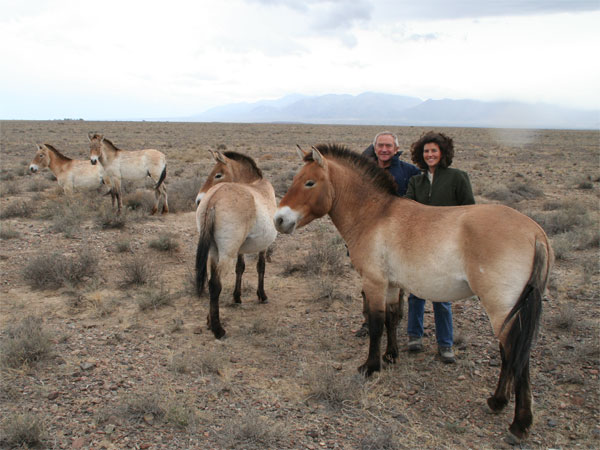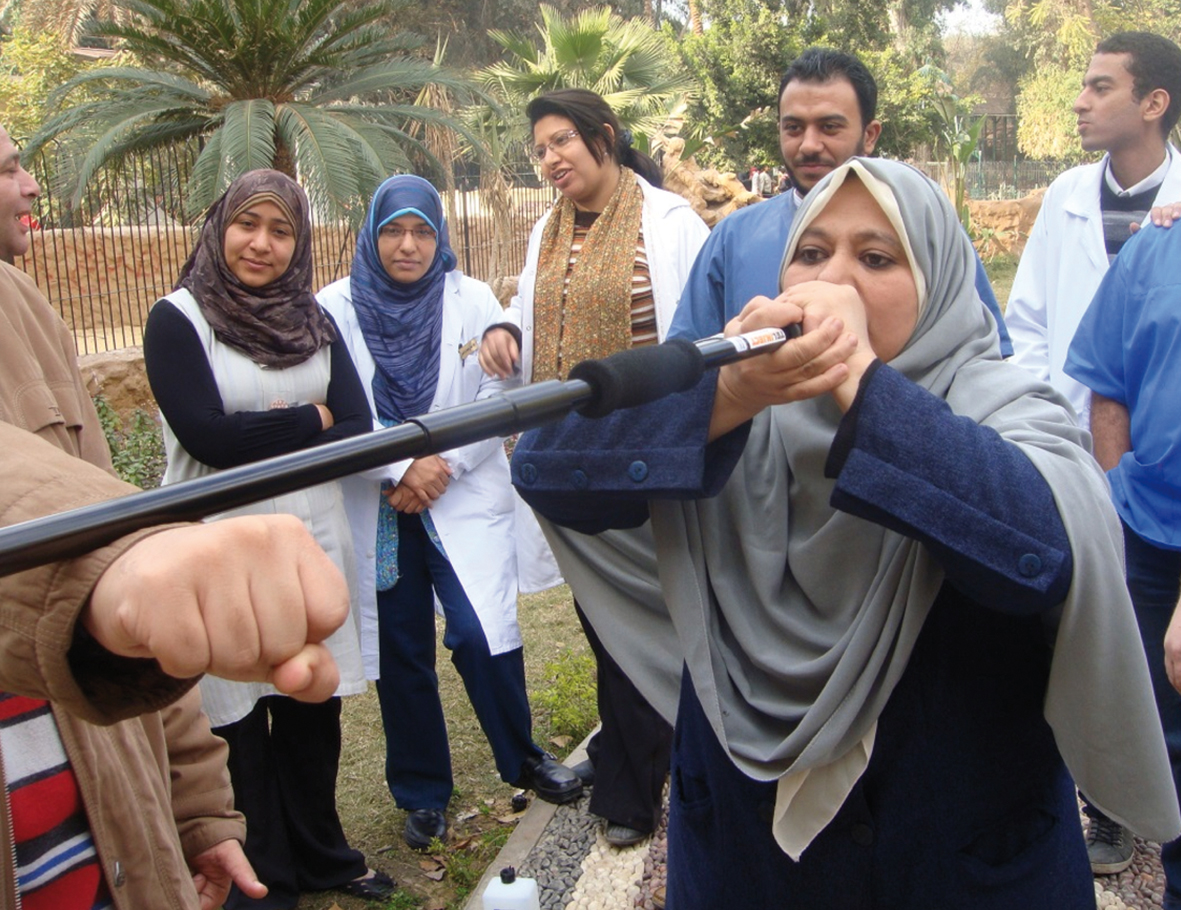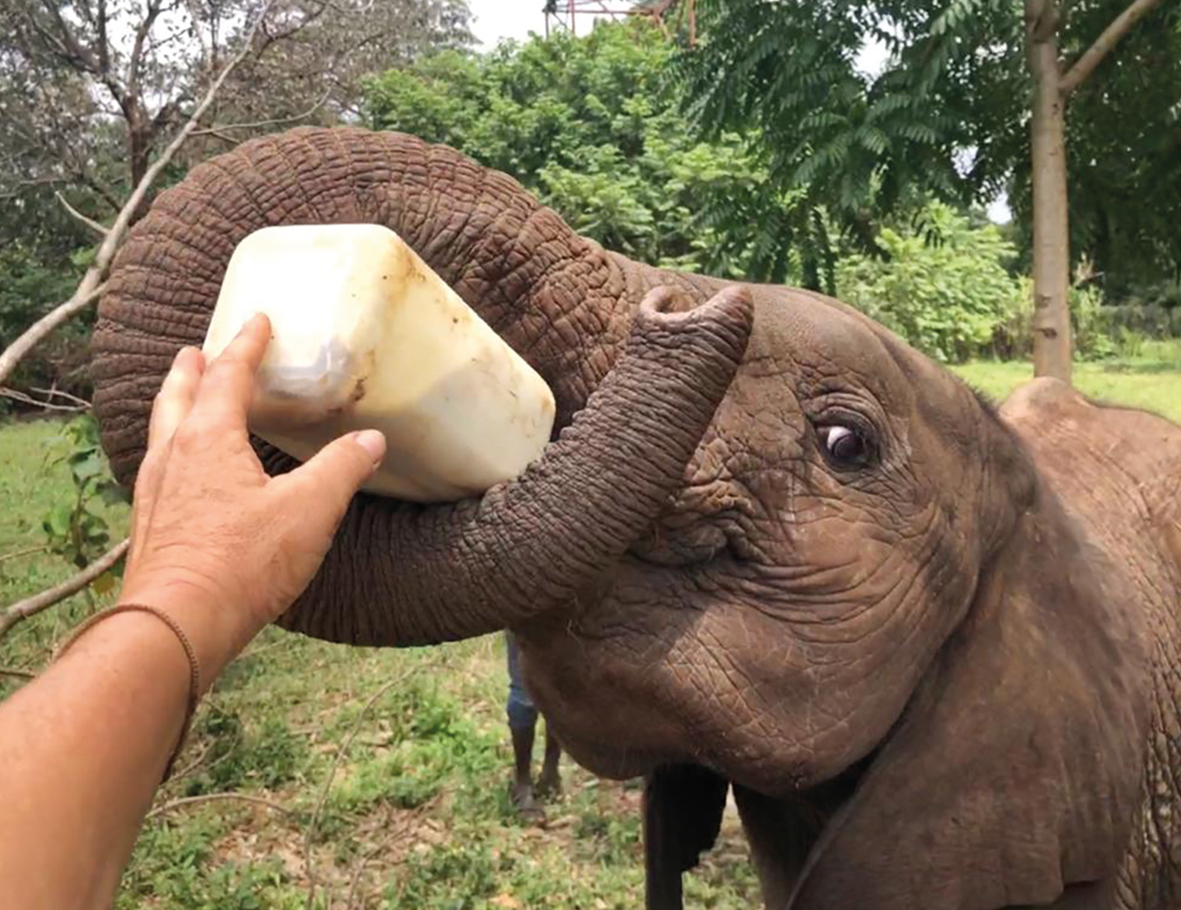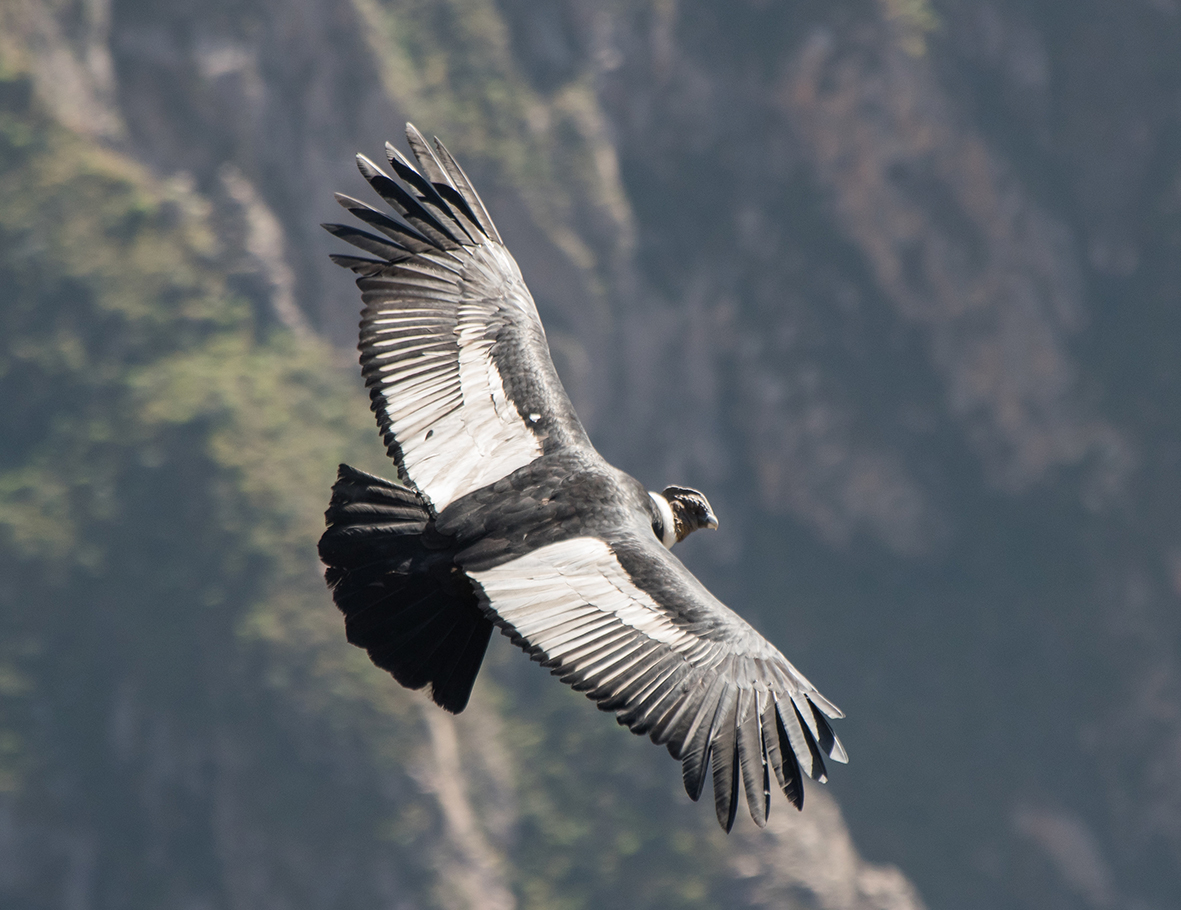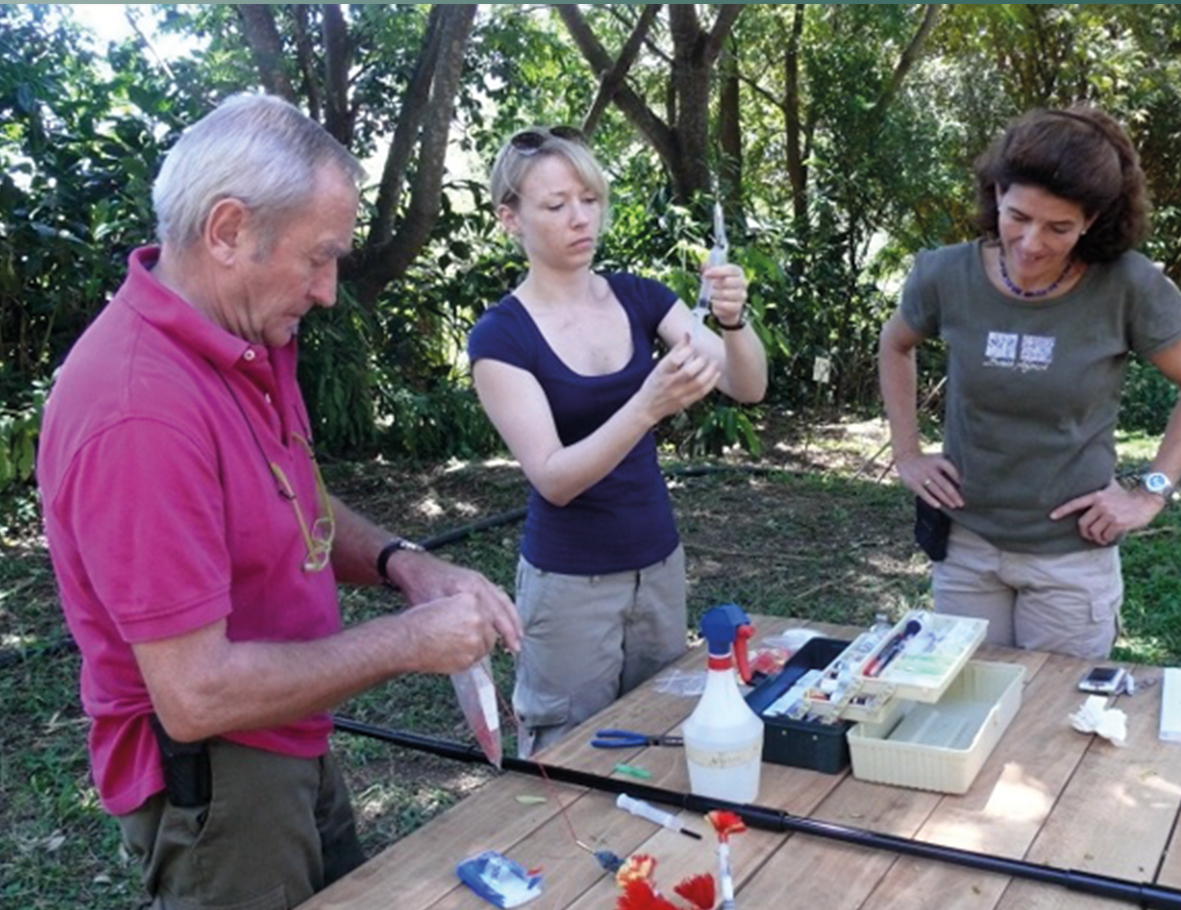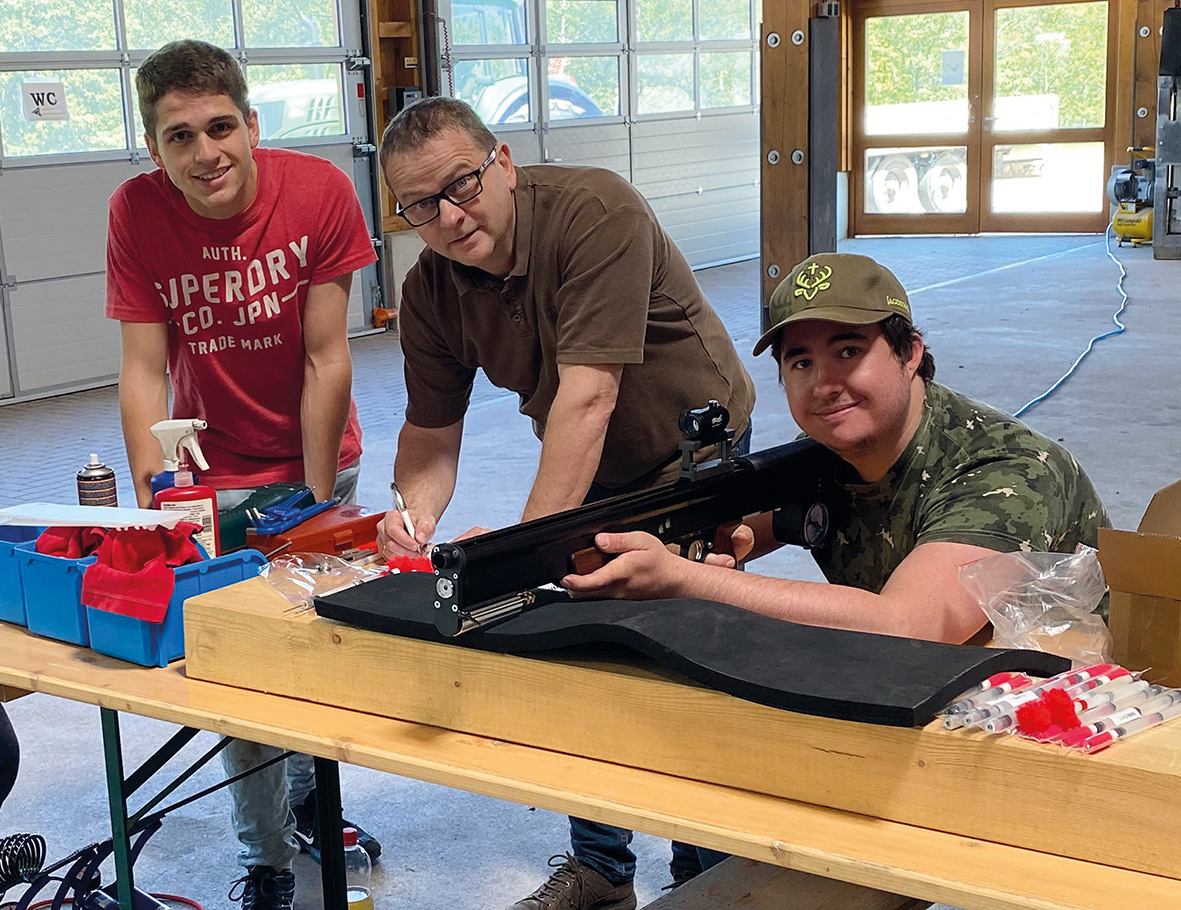A Busy Year – Despite Covid 19
Approximately 11 years ago, Dr Julia Gräfin Maltzan and Prof. Dr. Henning Wiesner founded the Academy for the Protection of Zoo Animals and Wildlife.
Since then, they have done a lot for international as well as local animal, nature, and species conservation – even during the coronavirus pandemic. The Academy founders discuss
the events and projects of 2020.
The past year was impacted by the coronavirus pandemic. What were its effects on the Academy and its work related to animal, nature, and species conservation?
Julia Gräfin Maltzan: The pandemic partially interfered with our travel and on-site missions. A lack of income from tourism precipitated bottlenecks in many protected areas, however allowed for a temporary recovery of generally weakened ecosystems. A new awareness of the critical state of our planet should stimulate us to live and manage our resources more sustainably in the future. We used the time for conceptual development and regional projects.
Henning Wiesner: Luckily, we were only indirectly affected by the coronavirus epidemic. Various official applications and permits were merely postponed, whether it be the transport of Przewalski’s wild horses abroad – for which we performed the anesthesia – or the permission to set up wildlife cameras in the Langenau project in the Tegernsee region. The sperm conservation project related to endangered cranes in northern Germany was put on hold for an entire year.
What positive developments were achieved in a year in which the pandemic played such a major role – in travel in particular?
Julia Gräfin Maltzan: After years of intense preparation, we finally succeeded in founding ‘Wildlife Rescue Bavaria e.V.’. This umbrella organization serves as a future contact address and representative for every organization involved in wildlife rescue and rehabilitation. First, guidelines for standardized admission, treatment and rehabilitation will be established for veterinarians as well as for minor rescue stations and the public, obviously within the framework of an ecologically sensible concept which focuses on species conservation and education. The aim of this collective initiative is to close a gap which is a passionate priority of mine, and which can serve as an enormous advantage for our domestic wildlife.
Henning Wiesner: One positive development was that the new director of the La Paz Zoo gave us the green light on our condor conservation project; allowing us to collaborate across borders with Argentina. We are providing funds for the further education of zoo personnel as well as for equipment and medication. Wildlife cameras in Langenau in the Tegernsee region can also now be installed. We are additionally active in Austria working with wood grouse which are displaying behavioral problems. Near Zell am See, the animals have defended a balcony across from a tennis court and attacked tractors. We want to find out why they are behaving like that, and we have already taken the first testosterone samples, but we still need further reference points. Moreover, we plan to equip some wood grouse for transmission with new mini-radio collars (G’P’S’ Solar GSM Tag) in cooperation with Prof. Martin Wikelski of the Max Planck Institute of Animal Behavior. The appropriate application has already been filed with the State Veterinary Department.
How important is the cooperation with other international and local organizations and institutions for animal, nature, and species conservation?
Henning Wiesner: We act internationally as well as domestically as initiator in animal, nature, and species conservation, especially in projects which are not the focus of larger organizations. For example, why would an internationally active NGO be interested in whether the lacustrine brown trout and the Danube bleak, which belong to the carp family, can spawn again in the Lüßbach, the largest tributary of Lake Starnberg? For us and our native region however, it is vital that small, apparently insignificant biotopes are filled with life again. Wealthy Germany contains more of these than one would expect.
Julia Gräfin Maltzan: Tanzania is an international example in which our input, consultation and financing has already helped to save and raise several orphaned elephant babies – it is so heartwarming! Such projects demonstrate to the local population that every single animal counts and we will not forget people or wildlife in times of need.
Both of you share the long-standing ambition of introducing Germans to the significance of nature conservation – for example with the help of boa constrictor Susi and tarantula Agathe in schools, in your special zoo education tours in the Poing Wildlife Park, or through lectures. What were your experiences in this regard during the pandemic year?
Julia Gräfin Maltzan: Happily, online lectures have become firmly established. Around 100 students took part in the Ludwig Maximilian University lecture “Animal Husbandry in Zoos”. Students of Sustainable Resource Management at the Technical University, Munich, reflected on perspectives and opportunities in global species protection through my online talk “Wildlife conservation – today, yesterday and tomorrow”.
In the meantime, Susanne Schimpf continued to fascinate adults as well as children for the native animal world in 25 tours – essential building blocks in our overall concept. To experience the interconnections in the animal world face to face and to understand the cause and effects within an ecosystem, leads to critical thinking towards our own behaviour.
What are your plans for training and education?
Julia Gräfin Maltzan: We have initiated an online training programme “From Wildlife Vet to Wildlife Vet”, especially for other continents. By optimizing wildlife management in zoos, rescue stations and protected areas, the program contributes directly to the wellbeing of the animals and indirectly to zoo education and thus to species conservation. This project was extremely important for me, and I’m thrilled about the successful launch!
How did the special tranquilizing dart gun “Zoosleep” develop in this unusual year? Were you able to make any more progress?
Henning Wiesner: I was euphoric when I held the “Zoosleep” prototype for the first time. It works exceptionally well with low pressure and low impact energy and is thus particularly animal friendly. One model is being tested in practical use in the Höllohe Wildlife Park, and hunter and animal keeper Sandro Merl is enthusiastic about its accuracy.
There seems to be a light at the end of the coronavirus tunnel. What does that mean for you? What projects do you want to pursue?
Henning Wiesner: One new challenge is our plan to help the Icarus project with the radio-collaring of elephants in Kruger National Park in South Africa under the leadership of Martin Wikelski of the Max Planck Society. Together with local veterinarians, we will perform the immobilizations. Naturally using “Zoosleep”!
Julia Gräfin Maltzan: Scientific consultation and support for protected areas will again continue to be a focus of our work. Plans include a reserve in the Ukrainian steppe, Askania Nova, an area native to Przewalski wild horses and Saiga antelopes. A personal on-site visit is of course a prerequisite. In addition, we received another request from Cameroun to assist in the monitoring of zoonosis, advise zoos, and to train national park rangers. These are all exciting perspectives.
Regarding travel: What is the status of the Academy’s educational safaris?
Henning Wiesner: The travel safaris to Tanzania, which we organize with KIWI Tours and are accompanied by Bavarian
Radio (BR2), are an excellent chance to demonstrate to our participants the significance and meaning of animal, nature, and species conservation on site. We will also visit our project partner at the Makoa Farm near Moshi, where our friends Eli and Laszlo raise orphaned elephant babies. Last year we sponsored more than 3 ½ tons of a highly efficient special milk substitute. We hope that proper vaccination will allow us to travel again to Africa.



